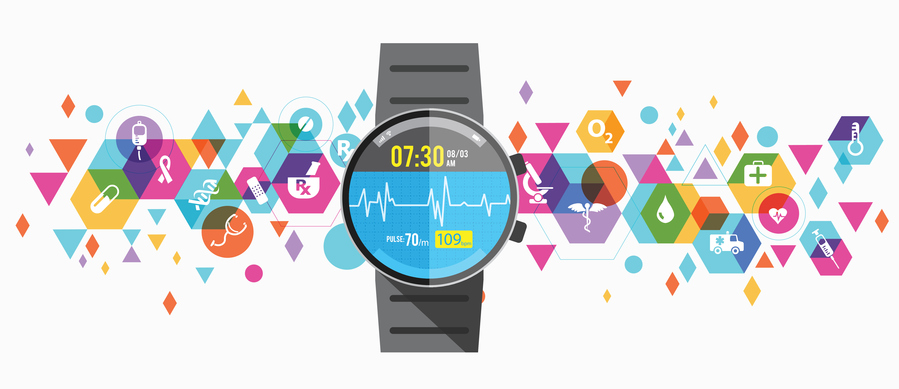
Steps or Surgery: The Case for Wearables
Relentlessly, rates of chronic disease, depression, and medication use continue to rise — if there were ever a time to implement alternative preventive health tools in clinical practice, now is certainly it.

Relentlessly, rates of chronic disease, depression, and medication use continue to rise — if there were ever a time to implement alternative preventive health tools in clinical practice, now is certainly it.
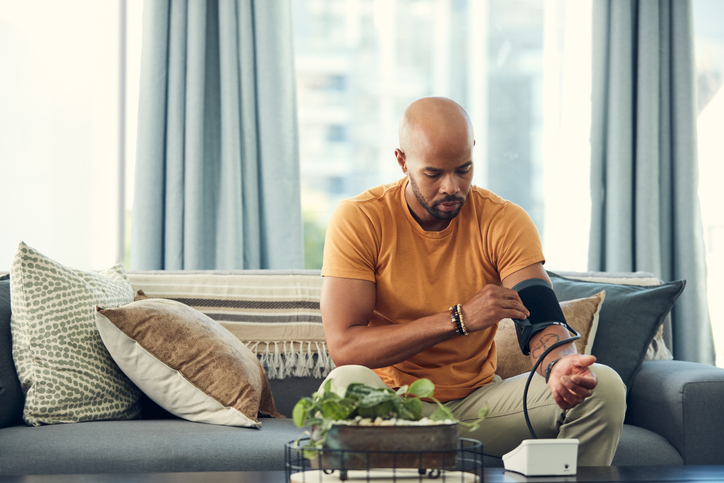
Tools like remote monitoring and smart home integrations have not only increased convenience but also reduced the barriers that often prevent people from seeking or sticking with care, especially among older adults who overwhelmingly prefer to age in place.

Dickon Waterfield discusses why Lantern's navigation works.

This ability to closely monitor patients remotely is redefining the standard of care, especially for those managing complex health conditions. RPM technology provides timely insights that allow healthcare teams to intervene early, improve patient outcomes, and reduce the burden on hospital resources.

Patients no longer want to rely upon only whatever snippets of information they get from their doctor at an annual or semiannual checkup. They’re looking for a fully connected patient experience. Healthcare organizations need to know what that looks like, how to build it, and how they fit into the full picture.

Moving forward, it’s essential for the health tech and medical fields to work together to make remote patient monitoring much more widely available and affordable for everyone across the country, with and without insurance.
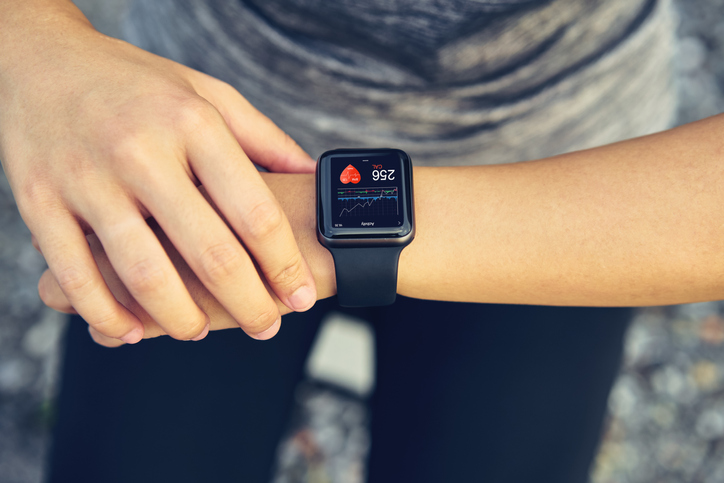
Wearable devices, such as a glucose meter device or a defibrillator and pacemaker, can provide valuable and real-time information to a healthcare provider so that decisions can be made to protect the patient.

How Apella leverages technology to increase OR efficiency.

In the past, patient comfort often came at the cost of medical testing. However, the future of sleep monitoring doesn’t have to forgo either, with radar monitoring systems allowing for both a comfortable testing environment and a more accurate reading of sleep health.

This potential for self-management can reduce the burden on the healthcare system, resulting in fewer doctor visits, lower hospitalization risks, and fewer diagnostic tests as patients can take corrective action earlier or identify issues sooner.

By prioritizing user-centric design, responsible data practices, and evidence-based solutions neurotech companies can not only drive user adoption but also foster long-term brand loyalty.
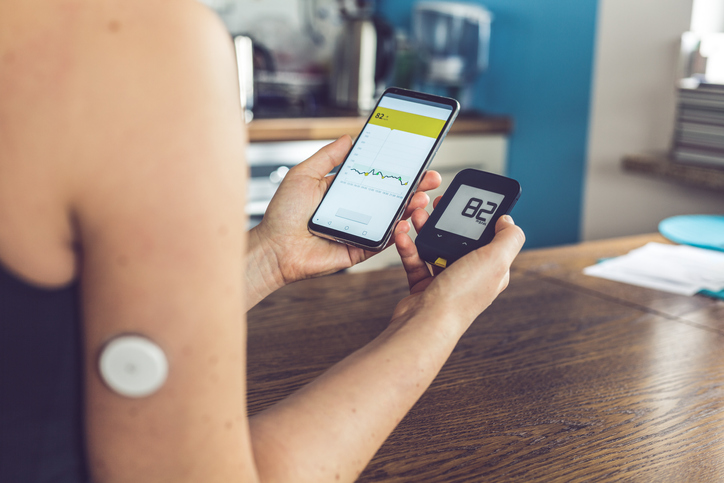
Healthcare organizations must ensure that every solution incorporated into the connected ecosystem is designed and tested to validate that it is secure, compliant, and performs as expected.

How Zelis hopes to solve the healthcare financial system for payers and providers.

Scott Davis is the CEO of Ekso Bionics, an innovative medical device company making wearable exoskeletons for use in construction but perhaps, more importantly, to help people contending with spinal cord injury.

In order to effectively address the nursing shortage, hospitals must embrace three key products on the market that has been proven to alleviate nurse burnout, according to Syl Trepanier, chief nursing officer at Providence.
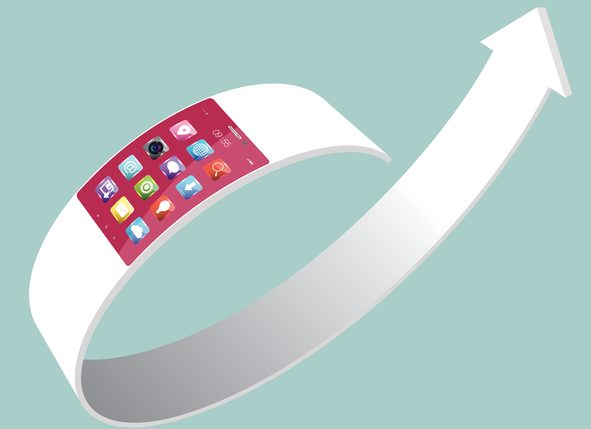
Wearable patient devices can provide healthcare organizations with more varied data, expand options for clinical trials, and make patients more active participants in their own care.
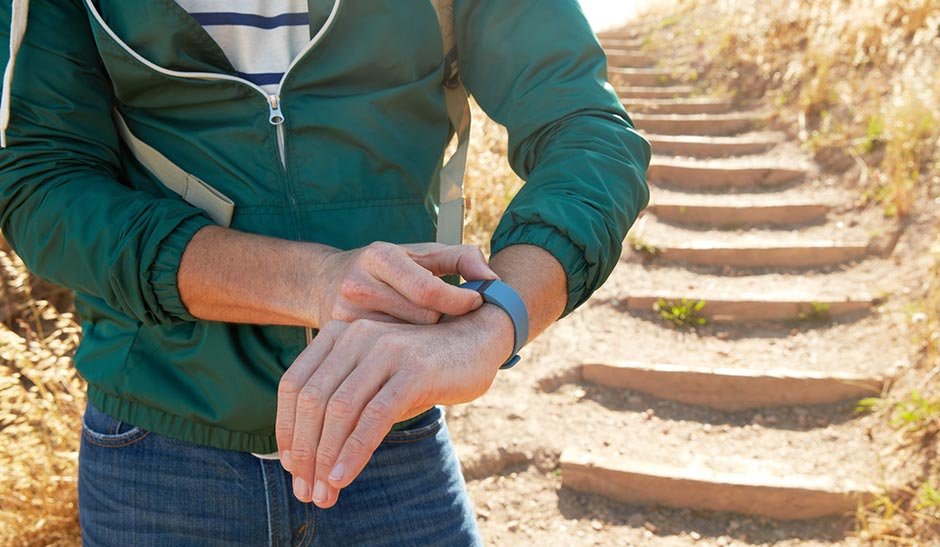
Google has reportedly pledged not to use Fitbit’s user data for its advertising business. With the deadline quickly approaching, is it enough that European regulators will approve the deal?